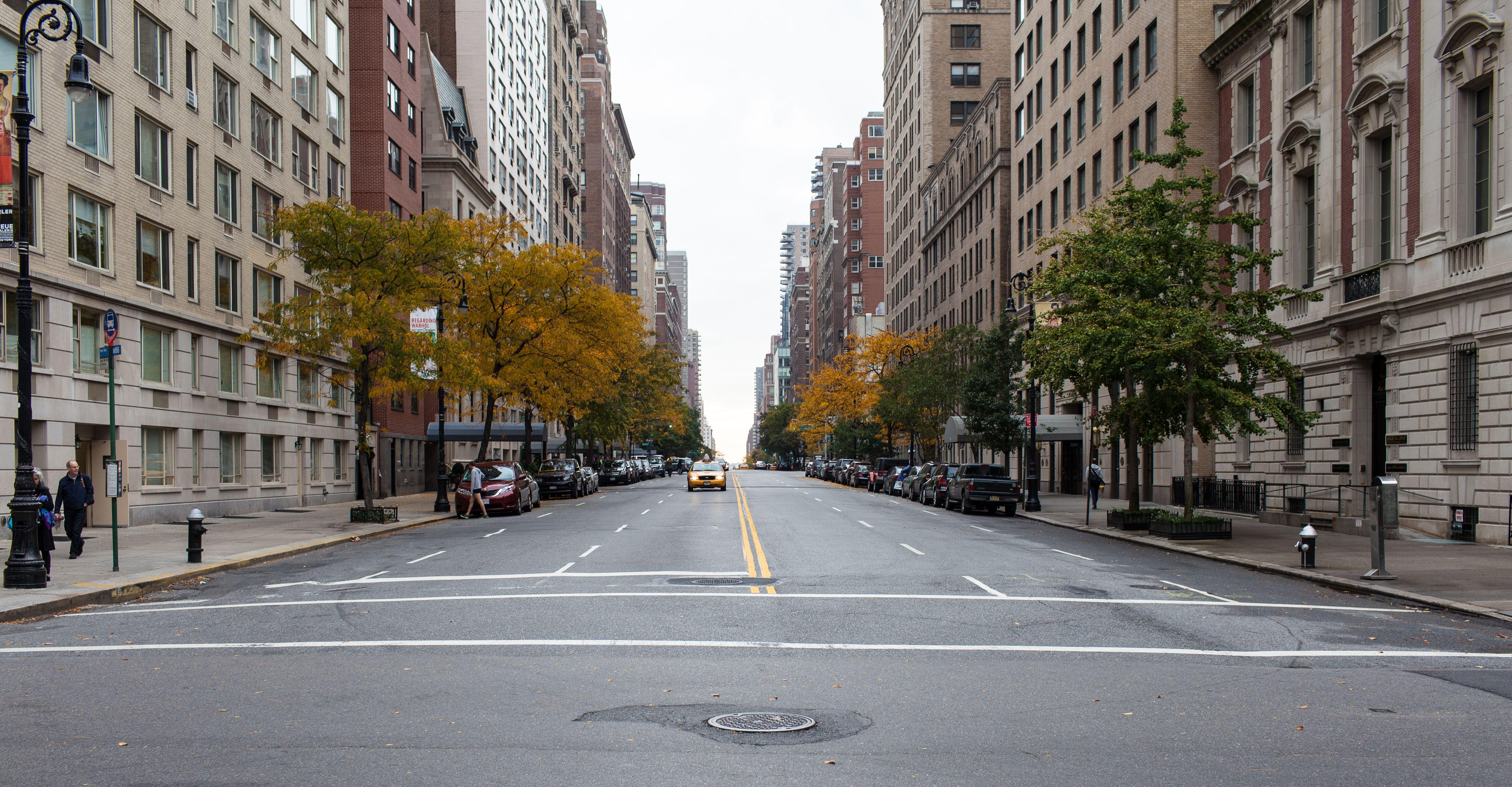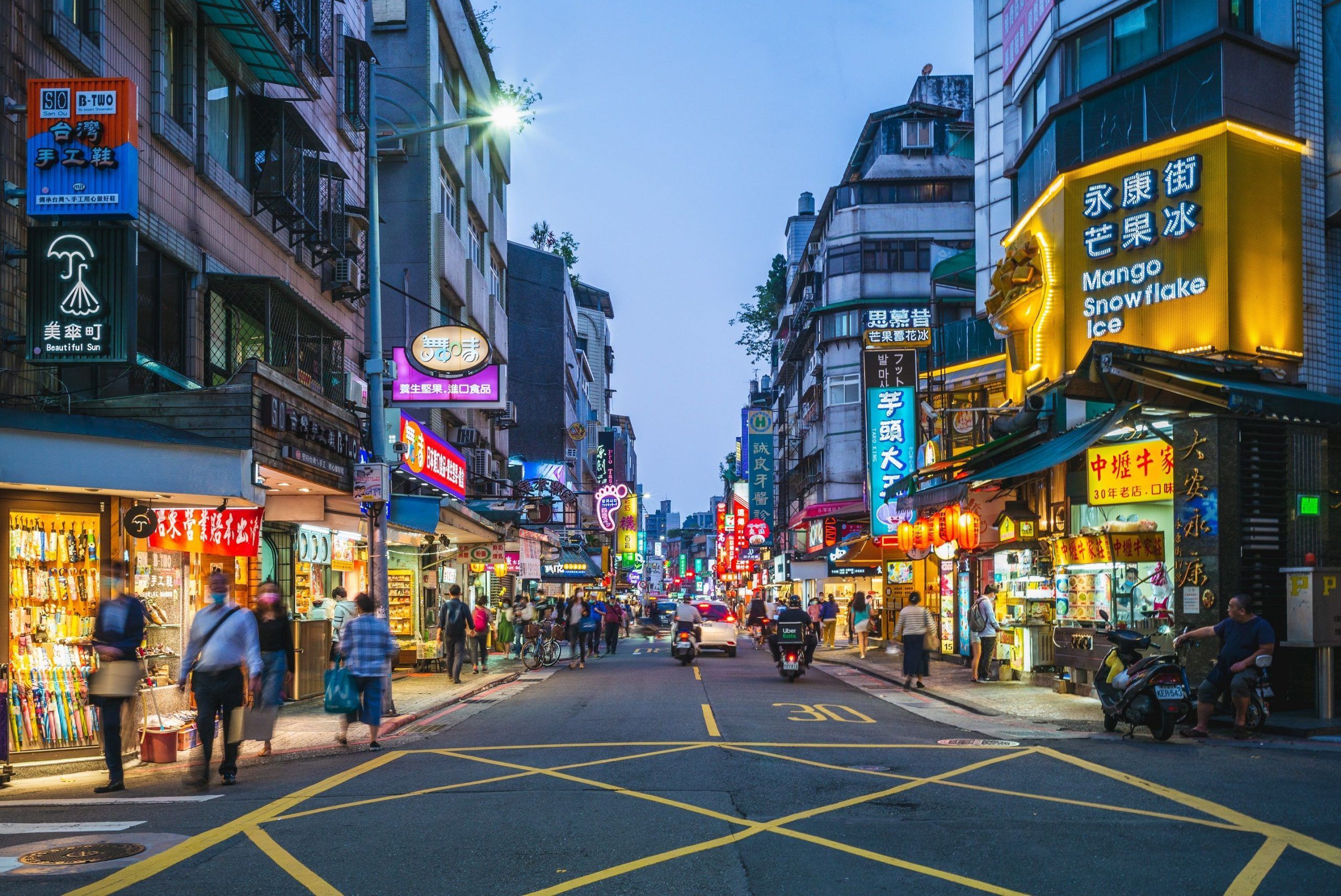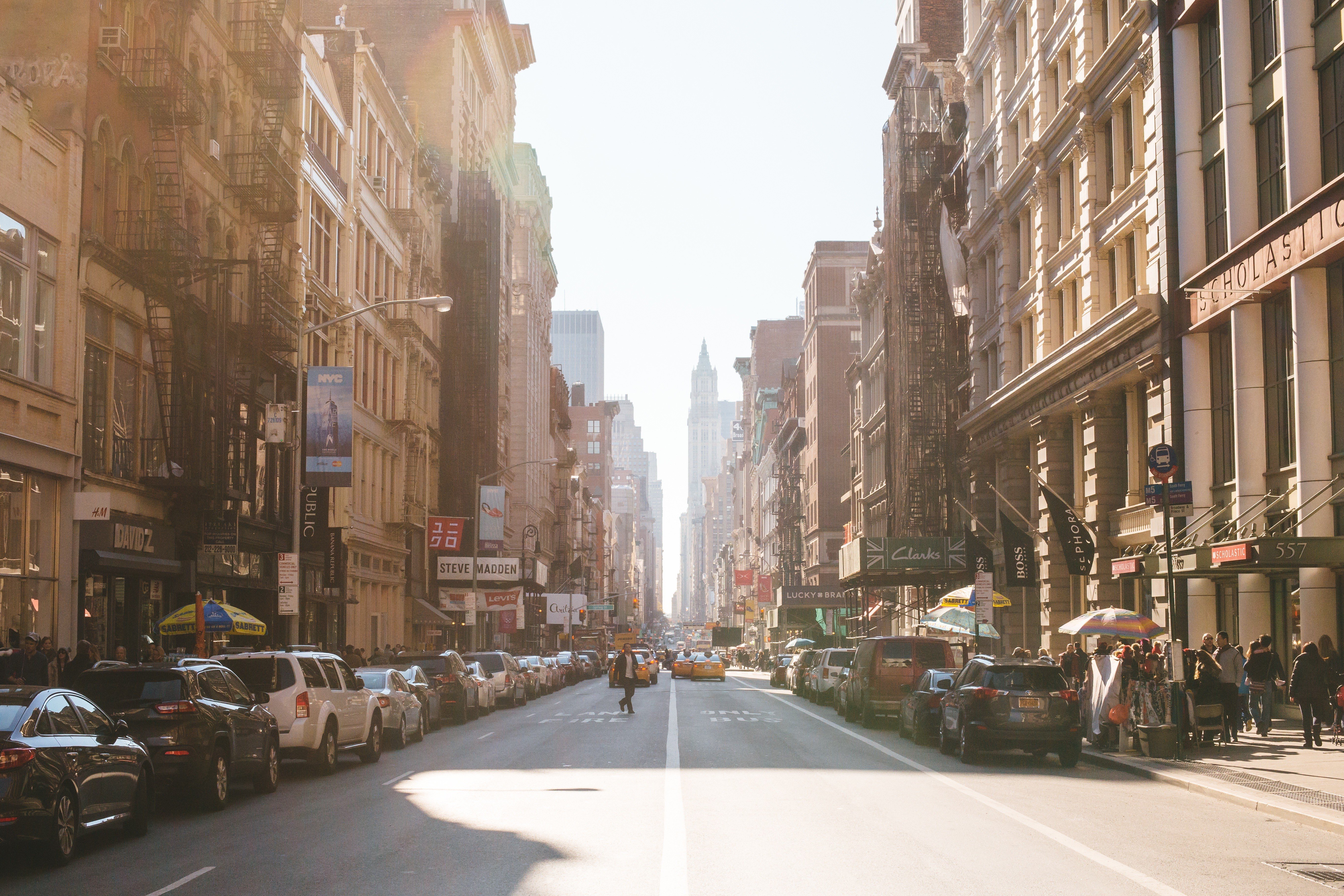The places we travel, the paths we take, they tell a sort of story about us, don't they? Every city, every town, has its own unique collection of roadways, some wide and sweeping, others narrow and winding. These stretches of pavement are more than just ways to get from one spot to another; they are, in a way, the very veins and arteries of a community, seeing all sorts of happenings, from the quiet morning commute to, perhaps, the loud roar of something a bit more energetic. You know, these public spaces hold so many different kinds of life within their boundaries, and what happens on them really shapes how a place feels.
We often think about these public thoroughfares in terms of getting around, or maybe finding a local shop, but there's a whole lot more to them, actually. Think about how we keep track of them, too. Detailed maps and online views give us a very complete picture of the paths and ways that crisscross our towns. You can, like, instantly see a virtual look at nearly any supported spot, and even easily share or save those favorite views you find. This ability to really see and understand the layout of a place, the full, detailed plan of its streets and roads, it helps us grasp the various ways these areas are used, sometimes in ways you might not immediately consider.
So, when we talk about something like street racing culture, it’s not just about what happens on the asphalt; it’s also, in some respects, about the very structure of the streets themselves. How are they laid out? Who keeps them up? What other kinds of gatherings happen there? The details from, say, an open street map of a place like Reno, which shows its full, detailed scheme of streets and roads, or even the mention of a big motorcycle rally, they give us tiny clues, a sort of background hum, about the kind of atmosphere where certain vehicle-related activities, like street racing culture, might find a place to, well, exist.
Table of Contents
- The Asphalt Canvas - Where Street Stories Begin
- The Public Thoroughfare - More Than Just Roads
- The Rhythm of the Road - Events and Gatherings
- Keeping the Paths Ready - Street Maintenance and Its Impact
- The Local Scene - Finding Your Way Around
The Asphalt Canvas - Where Street Stories Begin
When we think about streets, we often picture them as simple lines on a map, but they are so much more than that. They are the stage for so many different human activities, from everyday commutes to the more… spirited pursuits. For instance, being able to instantly see a virtual look of any supported location, like with a certain popular mapping service, gives you a sense of the actual feel of these places. You can, you know, get a pretty good idea of what a particular stretch of road looks like, its bends and turns, the kind of surroundings it has. This visual information, basically, offers a kind of window into how a street might be used, or perhaps, how it might lend itself to various kinds of driving experiences. It’s almost like you’re there, just by looking at your screen.
How Do Maps Help Us See the Street Racing Culture?
Maps, especially the interactive, free online kind, show us the very fabric of a city's roadways. Take the open street map of Reno, for instance; it features the full, detailed plan of all its streets and roads. You can, very simply, use the plus or minus buttons on the map to zoom in or out, getting a closer look at a specific area or pulling back to see the wider network. This kind of detailed view, really, can help someone understand the layout of a city, the connections between different areas, and where certain types of vehicle activities might take place. For those interested in street racing culture, knowing the precise arrangement of a city's paths, the various turns and straightaways, is quite important. It’s about, you know, understanding the potential for speed and movement within the city's structure. The way a city's roads are laid out, it kind of dictates how people use them for, well, all sorts of things.
Exploring Street Names and Their Connection to Street Racing Culture
Beyond just the lines on a map, the names given to these paths also tell a story. Washoe County, for example, keeps a regional street directory that includes the names of all its streets and roads. There’s even a reserved street names list, which holds names of approved street names that have yet to be used. This system of naming and organizing public pathways, in a way, provides a shared language for talking about specific spots. For those involved in street racing culture, these names aren't just labels; they can become shorthand for meet-up spots, starting lines, or even routes that are known for certain characteristics. It’s, like, a fundamental part of how people communicate about these specific locations. The very act of naming a street gives it a unique identity, and that identity can, in turn, become part of a subculture's shared understanding of its environment. Knowing the official names helps everyone, basically, pinpoint exactly where they mean.
The Public Thoroughfare - More Than Just Roads
The streets we use every day are, by their very nature, public spaces. They are open for everyone, which means they are also subject to certain rules and regulations. The existence of official bodies, like the second judicial district court located in Reno, Nevada, for Washoe County, whose public website is available, shows that there's a legal framework around how these spaces are used. This framework, you know, is meant to ensure order and safety for all who use the roads. When we consider something like street racing culture, it often operates outside or on the fringes of these established rules, making the public nature of the streets a particularly interesting aspect. The very fact that these are shared spaces, open to the public, is what makes them accessible for various activities, including those that might not be entirely sanctioned. It’s a bit of a paradox, really, this openness.
What Role Do Public Records Play in Street Racing Culture?
Public records, like those found on official websites or through map services, provide a documented look at our roadways. You can check online the map of Reno, Nevada, with its streets and roads, administrative divisions, tourist attractions, and even a satellite view. This kind of detailed public information, you know, allows anyone to get a comprehensive picture of the city's layout. While not directly about street racing culture, the availability of such detailed public maps means that potential locations, routes, and escape paths are all, in a way, laid bare for anyone to examine. It’s almost like the city's blueprint is readily available. The more information that is public about the street network, the more easily people can, well, plan or understand activities that take place on those streets. This public accessibility of information about roads is, basically, a double-edged sword, offering both utility and, perhaps, unintended insights.
The Rhythm of the Road - Events and Gatherings
Streets aren't just for getting from point A to point B; they're also places where communities gather, where events unfold, and where the very pulse of a city can be felt. Think about the energy that comes with a large public event that uses the streets. These kinds of gatherings highlight the dynamic nature of our roadways, showing how they can be transformed from simple transportation routes into vibrant centers of activity. The way people congregate, the sounds of engines, the sheer number of vehicles in one place—all of this contributes to a particular atmosphere that, you know, resonates with the idea of vehicle-centric culture. It's about more than just driving; it's about the shared experience on the asphalt. This kind of collective energy is, in some respects, a very powerful thing.
Does "Street Vibrations" Echo Street Racing Culture?
Consider the mention of "Street Vibrations," described as the last great motorcycle rally of the season, happening in downtown Reno, Tahoe, Carson, and Virginia City. While a motorcycle rally is a structured event, different from spontaneous street racing culture, it shares certain elements. It involves a significant number of vehicles, a certain level of excitement, and a focus on the streets themselves as the primary setting. The very name, "Street Vibrations," evokes a sense of raw power and movement on the public roadways. It suggests a shared passion for vehicles and the open road, which, in a way, touches upon the broader appeal that might draw individuals to street racing. The feeling of the ground shaking, the roar of engines, it's, like, a powerful sensory experience that resonates with a certain kind of person. This kind of gathering, in essence, highlights the potential for public roads to host events that celebrate vehicle performance and the thrill of the ride, even if in a more organized fashion than street racing culture itself.
Keeping the Paths Ready - Street Maintenance and Its Impact
The condition of our roadways is a constant concern for city planners and residents alike. A city's street division, like the one in Odessa, under the direction of Street Superintendent Daniel Fierro, is dedicated to the enhancement and preservation of the quality of life for Odessans by providing well-maintained paths. This focus on keeping the streets in good shape is about more than just smooth rides for everyday commuters. It’s about ensuring the infrastructure is sound for all kinds of uses. The very surface of the road, its smoothness or lack thereof, can significantly affect how vehicles perform and how people experience driving on it. You know, a rough road just isn't the same as a nice, smooth one. This commitment to maintaining the roadways, in some respects, provides the literal groundwork for any activity that takes place on them, including those that demand a certain level of surface quality.
Why is Street Quality Important for Street Racing Culture?
The physical condition of a street plays a pretty big role in how it can be used, especially when it comes to activities that involve high speeds or precise vehicle control. A detailed street map of the highways and roads in an area, for instance, might show the network, but it doesn't always tell you about the quality of the pavement. Whether you are visiting for a day, a weekend, or more, you are sure to find your way around with the help of these maps, but the actual experience on the road depends on its upkeep. For street racing culture, the quality of the asphalt is, basically, everything. Potholes, cracks, or uneven surfaces can be more than just annoying; they can be quite dangerous at speed. So, the ongoing work of street divisions to provide well-maintained surfaces, while aimed at general public good, also inadvertently creates the physical conditions that might be sought after by those involved in street racing. A smooth, clear path is, you know, just better for any kind of fast driving. It truly makes a difference in how a vehicle performs.
The Local Scene - Finding Your Way Around
Cities are made up of countless individual spots, each contributing to the overall feel and function of the place. From local businesses to residential areas, the way these are laid out and connected by streets is crucial. You can find local businesses, view maps, and get driving directions using popular online mapping tools, which really helps people get to where they need to go. Even places like a local market street, such as the one at 4950 E 42nd St in Odessa, Texas, which offers weekly deals on fresh produce, meat, seafood, and has a pharmacy, are part of the broader street network. These commercial streets, too, are public spaces where people gather, even if for different reasons. The fact that you can, like, pay with EBT online at market street to order grocery delivery or catering shows how integrated these street-side businesses are into daily life. This entire web of streets, including those with shops and services, forms the backdrop for all urban activities. It's the whole interconnected system, really, that defines a city's character.
An interactive, free online map of Odessa, for example, features the full, detailed scheme of its streets and roads, allowing you to use plus or minus buttons to zoom in or out. This kind of comprehensive mapping, including details like tourist attractions and satellite views, helps people get a full picture of the urban environment. OpenStreetMap, a map of the world created by people like you and free to use under an open license, shows how communities contribute to documenting their own streets. Hosting for this kind of project is supported by various partners, which means it’s a collaborative effort. This community-driven mapping, in a way, reflects the organic nature of how people interact with their streets. The very act of mapping, whether by official bodies or by a community, creates a detailed record of the public spaces that might be used for all sorts of activities, including, you know, those that are part of street racing culture, as people often look for specific types of roads for certain pursuits.
Related Resources:



Detail Author:
- Name : Edmond Littel Jr.
- Username : gbashirian
- Email : beahan.amina@conn.com
- Birthdate : 1974-08-06
- Address : 41670 Curt Port Suite 347 North Nickolas, AK 30990-2212
- Phone : +1-650-736-1726
- Company : Hudson PLC
- Job : Mechanical Engineer
- Bio : Minima facilis quidem odit nemo distinctio. Id in consequatur molestiae ut voluptatum. Eius amet inventore non.
Socials
facebook:
- url : https://facebook.com/towne1993
- username : towne1993
- bio : Aut voluptatem nemo culpa omnis cumque dolorem.
- followers : 123
- following : 2310
instagram:
- url : https://instagram.com/eva_xx
- username : eva_xx
- bio : Omnis omnis a dolorum eos totam qui qui soluta. Repellendus totam qui animi ut.
- followers : 6098
- following : 2477
twitter:
- url : https://twitter.com/eva.towne
- username : eva.towne
- bio : Nisi maxime aut voluptatum et dolorem recusandae. Id repudiandae quia non mollitia vitae cumque. Magnam qui dolorum perspiciatis qui pariatur quae adipisci.
- followers : 5970
- following : 2103
linkedin:
- url : https://linkedin.com/in/towne2021
- username : towne2021
- bio : Doloremque aut eaque saepe vero consequatur.
- followers : 3599
- following : 847
tiktok:
- url : https://tiktok.com/@townee
- username : townee
- bio : Qui officiis maxime qui nulla et vero odio est.
- followers : 811
- following : 2855